With new technologies revolutionizing data collection, wildlife researchers are becoming increasingly able to collect data at much higher volumes than ever before. Now we are facing the challenges of putting this information to use, bringing the science of big data into the conservation arena. With the help of machine learning tools, this area holds immense potential for conservation practices. The applications range from online trafficking alerts to species-specific early warning systems to efficient movement and biodiversity monitoring and beyond.
However, the process of building effective machine learning tools depends upon large amounts of standardized training data, and conservationists currently lack an established system for standardization. How to best develop such a system and incentivize data sharing are questions at the forefront of this work. There are currently multiple AI-based conservation initiatives, including Wildlife Insights and WildBook, that are pioneering applications on this front.
This group is the perfect place to ask all your AI-related questions, no matter your skill level or previous familiarity! You'll find resources, meet other members with similar questions and experts who can answer them, and engage in exciting collaborative opportunities together. The AI for Conservation group provides a dedicated space to:
- Bridge disciplines: Create a space where ecologists, conservationists and environmental scientists can connect with computer scientists, artificial intelligence researchers and practitioners to address shared challenges.
- Advance knowledge: Share and discuss research, case studies and best practices at the intersection of artificial intelligence and conservation.
- Education: Provide educational resources that help ecologists understand AI methods and their use cases and inspire AI experts to learn about ecological applications.
- Facilitate collaboration: Offer resources and networking opportunities that enable AI researchers and conservation practitioners to co-develop solutions with real-world conservation impact.
Just getting started with AI in conservation? Check out our introduction tutorial, How Do I Train My First Machine Learning Model? with Daniel Situnayake, and our Virtual Meetup on Big Data. If you're coming from the more technical side of AI/ML, Sara Beery runs an AI for Conservation slack channel that might be of interest. Message her for an invite.
Header Image: Dr Claire Burke / @CBurkeSci

Explore the Basics: AI
Understanding the possibilities for incorporating new technology into your work can feel overwhelming. With so many tools available, so many resources to keep up with, and so many innovative projects happening around the world and in our community, it's easy to lose sight of how and why these new technologies matter, and how they can be practically applied to your projects.
Machine learning has huge potential in conservation tech, and its applications are growing every day! But the tradeoff of that potential is a big learning curve - or so it seems to those starting out with this powerful tool!
To help you explore the potential of AI (and prepare for some of our upcoming AI-themed events!), we've compiled simple, key resources, conversations, and videos to highlight the possibilities:
Three Resources for Beginners:
- Everything I know about Machine Learning and Camera Traps, Dan Morris | Resource library, camera traps, machine learning
- Using Computer Vision to Protect Endangered Species, Kasim Rafiq | Machine learning, data analysis, big cats
- Resource: WildID | WildID
Three Forum Threads for Beginners:
- I made an open-source tool to help you sort camera trap images | Petar Gyurov, Camera Traps
- Batch / Automated Cloud Processing | Chris Nicolas, Acoustic Monitoring
- Looking for help with camera trapping for Jaguars: Software for species ID and database building | Carmina Gutierrez, AI for Conservation
Three Tutorials for Beginners:
- How do I get started using machine learning for my camera traps? | Sara Beery, Tech Tutors
- How do I train my first machine learning model? | Daniel Situnayake, Tech Tutors
- Big Data in Conservation | Dave Thau, Dan Morris, Sarah Davidson, Virtual Meetups
Want to know more about AI, or have your specific machine learning questions answered by experts in the WILDLABS community? Make sure you join the conversation in our AI for Conservation group!
Group curators
- @annavallery
- | she/her
Seabird biologist experienced in research and applied conservation. Dedicated to conducting and using innovative research to inform conservation decisions.


- 0 Resources
- 3 Discussions
- 7 Groups
- @ViktorDo
- | he/him
PhD student at University of Exeter & University of Queensland. Interested in researching AI and its responsible application to Ecology, Environmental Monitoring and Nature Conservation.

- 0 Resources
- 0 Discussions
- 5 Groups
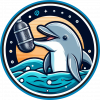


- 0 Resources
- 2 Discussions
- 8 Groups
No showcases have been added to this group yet.
Scaling biodiversity monitoring, using smart sensors and ai-pipelines

- 0 Resources
- 2 Discussions
- 10 Groups
- @prabath
- | he/him
I'm a Computer Vision researcher with a keen interest in Conservation tech. Currently involved in a project to detect wild cat behavior using trail camera images.
- 0 Resources
- 0 Discussions
- 1 Groups
- @hpishdast2023
- | she/her
- 0 Resources
- 0 Discussions
- 4 Groups
Max Planck Institute of Animal Behavior
Project leader of MoveApps | Movement ecology

- 1 Resources
- 5 Discussions
- 5 Groups
- @hailin
- | chl
I am a scientist in charge of animal AI identification at the Tangjiahe Nature Reserve in Sichuan. My main job is to use AI to identify giant pandas and infer where they will appear in the future and conduct biological analysis of feces. I would like to join this community to com

- 0 Resources
- 0 Discussions
- 3 Groups
Data Scientist
- 0 Resources
- 8 Discussions
- 12 Groups
University of Florida (UF)
- 0 Resources
- 2 Discussions
- 4 Groups
- 0 Resources
- 0 Discussions
- 3 Groups
- @Valluc
- | he/him
- 0 Resources
- 0 Discussions
- 4 Groups
- @alekseisaunders
- | He/Him/His
Wildlife conservationist, ichthyologist, now pursuing a career in Software Engineering and Web Development

- 0 Resources
- 2 Discussions
- 4 Groups
- @Robincrocs
- | He/Him//El//Ele
Wildlife biologist, works with Caimans and Crocodiles
- 0 Resources
- 0 Discussions
- 15 Groups
PhD student at the University of Wuerzburg, working on the influence of climate change on animal migration, especially the Northern Bald Ibis.
- 1 Resources
- 0 Discussions
- 6 Groups
Funding
Hackster is calling on engineers, developers, and technologists worldwide to propose innovative Edge AI solutions that address critical environmental challenges, with a focus on wildlife protection, deforestation...
28 August 2025
Hello everyone, I’m glad to join this group and learn from your inspiring experiences. At INITIAM ASBL, we are implementing IDEPROCONA – Digital Innovation in Ecosystems for Protection and Conservation of Nature in...
20 August 2025
Promoting Birds & Wildlife Conservation through Ecotourism
18 August 2025
The recent Ramsar Conference in Victoria Falls, Zimbabwe, underscored the critical importance of wetland conservation and the need for innovative solutions to protect these vital ecosystems.
16 August 2025
The AI for Climate Resilience Program is a new initiative by Klarna that aims to support pioneering projects that leverage artificial intelligence for climate adaptation in underserved, climate-vulnerable regions.
6 August 2025
Read about the advice provided by AI specialists in AI Conservation Office Hours 2025 earlier this year and reflect on how this helped projects so far.
6 August 2025
If you're a Post-Doctoral Fellow, a PhD student, or a member of the research staff interested in applying your computational skills to support active research publications, please read on to learn about the Cross-...
5 August 2025
If you're a PhD student, post-doc, advisor, or marine expert - Plan Vivo is looking for you!
5 August 2025
A free, self-paced course series for nonprofit professionals is available through August 31.
31 July 2025
Link
The GeoCroissant team is conducting a short survey (5–10 minutes) to better understand user needs and preferences around geospatial metadata in machine learning. Your input will support the development of an open...
28 July 2025
Careers
This role will investigate the potential of large-scale deep learning models, for constructing 3D models of coral reefs
28 July 2025
🔥 Excited to join the WILDLAB community! I’m Robert Chonge — a Full Stack Developer with a passion for AI and Big Data, now channeling that tech firepower toward environmental conservation.Let’s turn data into action...
26 July 2025
September 2025
event
event
event
event
October 2025
event
event
event
December 2025
event
March 2026
event
August 2022
June 2022
event
July 2021
March 2020
83 Products
Recently updated products
17 Products
Recently updated products
| Description | Activity | Replies | Groups | Updated |
|---|---|---|---|---|
| This is great, thanks for sharing. |
|
AI for Conservation | 4 years 9 months ago | |
| Dear Zoe, I wonder whether FIT would be good for species-level (rather than individual level) identification of small mammals. We use track tunnels to get prints of dormice (3... |
|
AI for Conservation, Emerging Tech | 4 years 9 months ago | |
| AI for Climate Forum: Lightning Talks Bonnie Lei, Microsoft AI for Earth - 4pm GMT, October 30 Register here: https://us02web.zoom.us/webinar/register/... |
|
AI for Conservation | 4 years 10 months ago | |
| Hi Wildlabbers, Just popping in to share this very cool primer for beginners to embedded machine learning from our tutor Daniel Situnayake! If you're interested in... |
|
AI for Conservation, Camera Traps | 4 years 10 months ago | |
| Hi Ellie, thanks for your interest. So I have two possible explanations why the camera traps I used did not release, even though I found otter droppings directly in front of my... |
|
AI for Conservation, Animal Movement | 4 years 11 months ago | |
| Samara P. El-Haddad Wildlife Conservation Junior Specialist at Lebanon Reforestation Initiative (LRI)... |
|
AI for Conservation, Community Base | 5 years 1 month ago | |
| How neat, thanks for sharing! We'd love to hear more about your drone project once it's underway, please keep us updated on that one! |
|
AI for Conservation, Emerging Tech | 5 years 1 month ago | |
| Great talk! I thoroughly enjoyed it. Some high schoolers have done small AI projects(s) and have interest in the wildlife. What resources would you all suggest to further... |
|
AI for Conservation, Camera Traps | 5 years 1 month ago | |
| Author: Jody Tucker, U.S. Forest Service, Pacific Southwest Region Carnivore Monitoring ProgramFigures below text in order (Fig 1... |
|
AI for Conservation, Emerging Tech | 5 years 2 months ago | |
| What better way to celebrate Endangered Species Day 2020 than try a new technology to protect them? If you're planning to be out and... |
|
AI for Conservation, Emerging Tech | 5 years 3 months ago | |
| DeepForest docs are here. https://deepforest.readthedocs.io/ Welcome to have a look. My experience is that individual trees cannot be distinguished in satellite... |
|
AI for Conservation | 5 years 5 months ago | |
| Steph, thank you so much for this, this is wonderful :) Really, really apreciate you sharing this with me :) Diving into all of the wonderful resources from you, thank you so very... |
|
AI for Conservation | 5 years 5 months ago |
[Recordings Now Available!) EarthRanger User Conference
27 April 2023 5:52am
Looking to contribute
27 April 2023 2:41am
Artificial Intelligence and Conservation: Closing Session
26 April 2023 8:54pm
Artificial Intelligence and Conservation with Lily Xu
26 April 2023 8:41pm
Feathered forecast: Tech tools comb weather data for bird migrations
26 April 2023 2:50pm
Congo Basin activity?
30 March 2023 9:14pm
25 April 2023 5:08pm
greetings!
i sent you a PM regarding this, feel free to contact me however is most convenient for you -
regards,
chris
Looking for entry level remote role in GIS/environmental analysis in the United States
22 April 2023 12:05am
Catch up with The Variety Hour: April 2023
21 April 2023 10:42am
Call for survey participants (AI/ML practitioners)
19 April 2023 3:17pm
Camera traps, AI, and Ecology
14 April 2023 10:08am
7 June 2023 9:42am
1 August 2023 10:46am
1 September 2023 8:06am
Segment Anything
13 April 2023 9:16pm
Project Manager, Rainforest Connection (RFCx)
12 April 2023 1:09pm
The 59th Annual Meeting of Illinois Chapter of The Wildlife Society
12 April 2023 5:24am
Who's going to ESA in Portland this year?
31 March 2023 9:27am
4 April 2023 9:58am
That sounds great. I think you should encourage people to bring a bit of tech with them, can be a good conversation starter/ice-breaker
4 April 2023 4:04pm
Good idea! I've got a ransom assortment of different acoustic recorders I can bring along
5 April 2023 11:58pm
Indeed, I'll be there too! I like to meet new conservation friends with morning runs, so I will likely organize a couple of runs, maybe one right near the conference, and one somewhere in a nearby park where we can look for wildlife. The latter would probably be at an obscenely early hour, so we can drive somewhere, ideally see elk (there are elk within 25 minutes of Portland!), and still get back in time for the morning sessions.
Computer Vision Competitions on Natural-World datasets
5 April 2023 4:26pm
Rhino horns in medicine
2 April 2023 2:22pm
Updates about Arbimon for Ecoacoustics - free, cloud based analytical tool
31 March 2023 11:09am
31 March 2023 3:43pm
Yes please reach out with any questions on acoustic monitoring, Arbimon, RFCx, etc.!
The WILDLABS Variety Hour: March 2023 - YouTube
30 March 2023 4:04pm
BearID Interview with AWS
29 March 2023 12:35am
AI has critical role to play in helping tackle the climate crisis, new Turing white paper finds
27 March 2023 12:04pm
Catch up with The Variety Hour: March 2023
23 March 2023 11:09am
ARSET - Fundamentals of Machine Learning for Earth Science
21 March 2023 4:49pm
Ol Pejeta Conservancy and Mbaza AI
16 March 2023 7:18pm
Computer Science student looking to work for wildlife
5 March 2023 10:04pm
14 March 2023 2:00pm
Great information! Thank you for sharing this. I actually have Masters in Zoology and have done some field work in Marine Conservation. Since then I have worked in Science education and eventually switched to Software Programming. My dream has always been to work in Conservation, however life happened and I had to give up on this pipe dream. I currently work as a Developer in a contractor role for the Federal Government. Would someone with my experience have an advantage in conservation Tech?
14 March 2023 2:58pm
I think the real demand in conservation tech is for transdisciplianry individuals. If you look at all the stand-out people in this space they are people who occupy multiple domains that are traditionally isolated. These are people who talk fluently in computer science and ecology, for example. Not only this, they are also people who create and imagine in ways that intertwin ideas and concepts across these domains. Its these people, thinking in these ways, that lead to innovations that really move us forward. Some of these people started out where you are now, having crossed domains through their career and then seeing opportunities to bring these skills together in imaginative ways.
14 March 2023 9:53pm
I couldn't agree more with both of these comments tom! I'm reading hundreds (literally hundreds) of applications for open WILDLABS roles at the moment, and the ones that stand out are those where it's really clear they're following genuine curiosity across different disciplines. If you're in conservation, it's the evidence of interest in tech (courses, projects, things you're trying and learning yourself). For tech, it's getting into conservation - all the things you mentioned.
Proposals wanted for Innovation in Practice
6 March 2023 10:34pm
Moveapps EMAC23 Coding Challenge – Participate now!
3 March 2023 7:45am
Underwater Fish Datasets from the Mediterranean
15 August 2022 11:45pm
26 September 2022 9:32pm
Not sure if audio data would be of any use to you, but if so FishSounds has some - I just tried their search function and there is a location tag for 'Mediterranean & Black Sea'.
You might try reaching out to the folks at Name that Fish, Innovasea, or perhaps an entity on the Fisheries Tech list would have Mediterranean stuff?
21 October 2022 7:52am
Hi,
If this is still relevant, you can try reaching out to the Belmaker lab, they do BRUV surveys in the eastern Mediterranean and have hours of video, some of it I believe is annotated. Particularly, Shahar might be helpful, he's the PhD student running point on the project.
2 March 2023 2:03pm
We have made available our underwater videos on YouTube as a playlist https://www.youtube.com/playlist?list=PLnhVZKKy8WkZKriCIV6r7upWhHNVrU_7L
It's about 1.113 short video clips with annotation and each is linked to the corresponding www.iNaturalist.org observations. The iNaturalist.org observations are research quality and have been uploaded to GBIF.org. The observations have been made between 2014 and 2022 around the Ionian Islands (Greece).
If you would need the original videos please contact me.
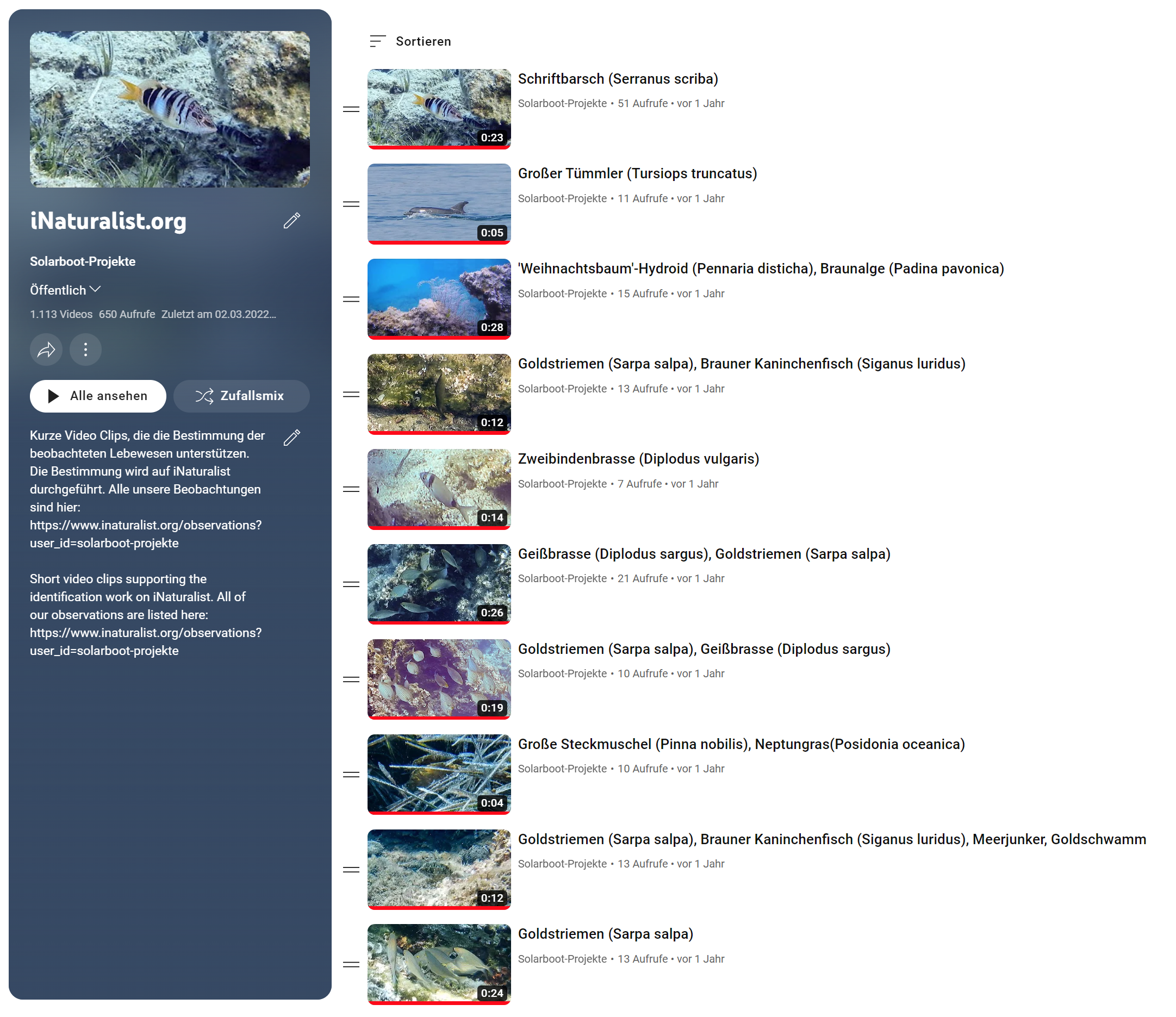



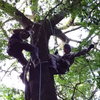




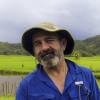
















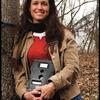




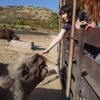


















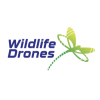



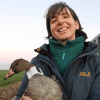


29 April 2023 3:35pm